The Evolving Art of Log Cabin Maintenance: Modern Strategies for Longevity
Log cabins have stood the test of time, offering warmth, character, and a deep connection to nature. While basic maintenance routines—such as sealing, pest control, and chinking—are essential, modern advancements and strategic innovations can further extend the lifespan of your log home. In this guide, we will explore forward-thinking maintenance strategies, integrating science, technology, and sustainable practices to keep your cabin strong, energy-efficient, and resilient against the elements.
1. Thermal Expansion and Contraction: Preparing for Seasonal Shifts
The Hidden Issue: Log Movement Due to Temperature Fluctuations
Log cabins expand and contract throughout the year, responding to temperature and humidity changes. If not accounted for, this movement can lead to cracked chinking, shifting door frames, and structural imbalances.
Modern Solutions:
Dynamic Anchoring Systems–Instead of rigid connections, modern log homes can use flexible anchoring that allows logs to shift without damaging the structure.
Heat-Responsive Chinking–New chinking materials can adapt to seasonal changes, stretching in hot weather and contracting in cold conditions without cracking.
Laser Alignment Inspections–Some homeowners now use laser leveling tools to track log movement over time, identifying issues before they cause damage.

2. Intelligent Drainage Systems: Keeping Logs Dry Year-Round
The Hidden Issue: Water Accumulation in Unexpected Places
Even the best-sealed log cabins can fall victim to moisture buildup, especially in areas where water runoff is neglected.
Water Diversion Innovations:
Self-Cleaning Gutters–These prevent debris accumulation, ensuring rainwater is efficiently directed away from logs.
Permeable Ground Surfaces–Gravel, porous pavers, or natural drainage systems prevent water from pooling near the foundation.
Tilted Log Cuts–Some modern cabin builders are designing logs with subtle tilts, encouraging water runoff rather than absorption.
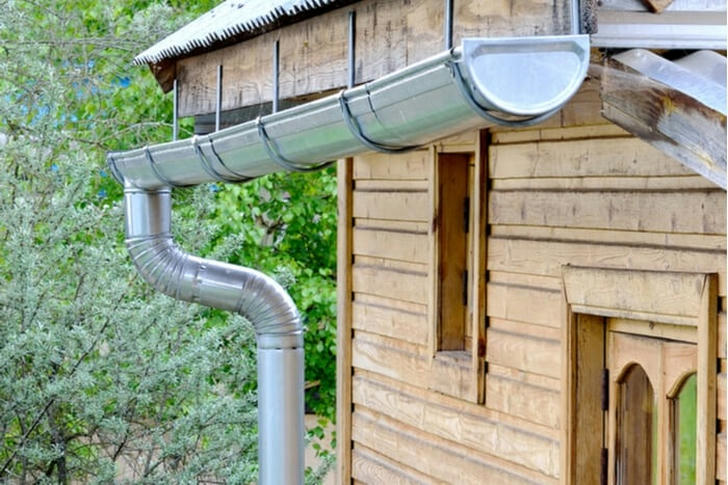
3. The Science of Wood Preservation: Strengthening Logs at the Cellular Level
The Hidden Issue: Log Degradation Over Time
Many log homeowners rely on exterior stains and sealants to preserve their cabins, but these surface treatments need frequent reapplication.
New Preservation Techniques:
Nanotechnology Sealants–These penetrate deep into the wood’s cellular structure, offering long-lasting protection with fewer reapplications.
Enzymatic Treatments–Some new treatments use natural enzymes to break down harmful fungi and bacteria before they can cause decay.
Mineral Infusion Processes–Scientists are now exploring ways to infuse logs with minerals that strengthen wood fibers from within.
Real Example:
A historic log cabin restoration project in Canada used a mineral-based wood treatment to reinforce fragile logs, extending the structure’s life by an estimated 50 years.

4. Renewable Energy Integration: Sustainable Power for Remote Cabins
The Hidden Issue: Off-Grid Energy Reliability
Many log cabins are in remote locations where traditional power sources are unreliable.
Sustainable Power Solutions:
Geothermal Heating Systems–Harnesses the earth’s natural heat for energy-efficient climate control.
Micro-Hydro Generators–Ideal for cabins near streams, generating power from flowing water.
Wind-Assisted Chimneys–Uses small wind turbines to improve airflow and regulate indoor temperatures.
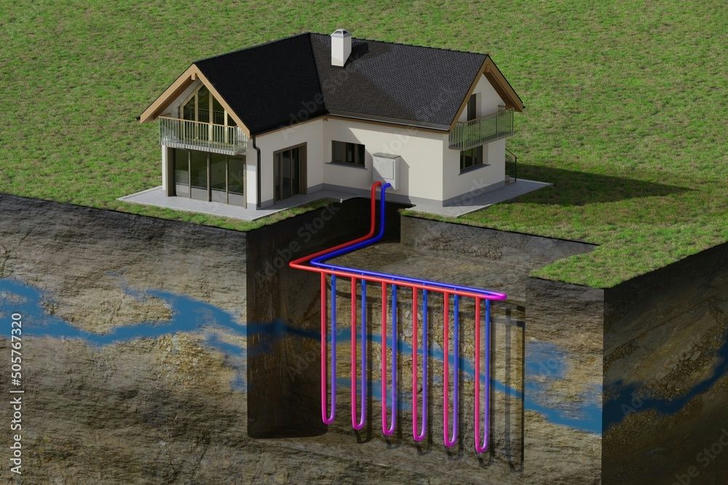
5. Reinventing Insulation: Smarter Ways to Keep Heat In
The Hidden Issue: Heat Loss in Traditional Log Homes
Log cabins often struggle with insulation, leading to high energy costs in winter and excessive heat in summer.
Breakthrough Insulation Methods:
Vacuum-Insulated Panels (VIPs)–A new insulation material that is thinner but provides superior heat retention.
Smart Glass Windows–These adjust their tint based on temperature, reducing the need for heating or cooling.
Phase-Change Materials (PCMs)–These materials absorb and release heat as needed, helping regulate indoor temperatures naturally.
Real Example:
A newly constructed log home in Alaska incorporated vacuum-insulated panels in its roof and saw a 40% reduction in heating costs.
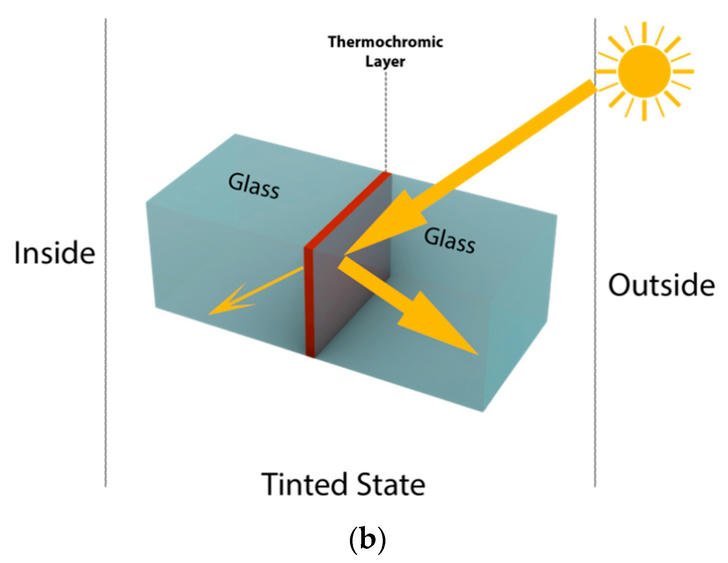
6. Bio-Based Pest Control: Fighting Infestations Without Harsh Chemicals
The Hidden Issue: Insect Resistance to Traditional Treatments
Common pesticides and borate treatments are losing effectiveness as pests adapt, requiring innovative approaches.
Nature-Inspired Pest Management:
Fungal Biocontrol–Certain fungi can be introduced to combat termites and carpenter ants without harming beneficial insects.
Essential Oil Barriers–Cedarwood, neem, and peppermint oils create natural pest deterrents that are safe for pets and humans.
Predator Introduction–Some log homeowners in forested areas have introduced beneficial insect species like ladybugs and lacewings to keep pest populations under control.

7. Advanced Roof Maintenance: Beyond Traditional Shingles
The Hidden Issue: Roofing Wear from Heavy Snow and UV Exposure
Traditional shingles degrade quickly under extreme weather conditions, requiring frequent replacements.
Next-Gen Roofing Materials:
Self-Healing Roofs–Some experimental materials contain microcapsules that release sealant when cracks form.
Cool Roof Coatings–Reflects sunlight to keep cabins cooler in the summer.
Interlocking Metal Roof Panels–Designed to expand and contract with temperature changes, preventing warping.
Real Example:
A ski lodge in Colorado upgraded to an interlocking metal roof system, significantly reducing winter ice buildup and lowering maintenance costs.
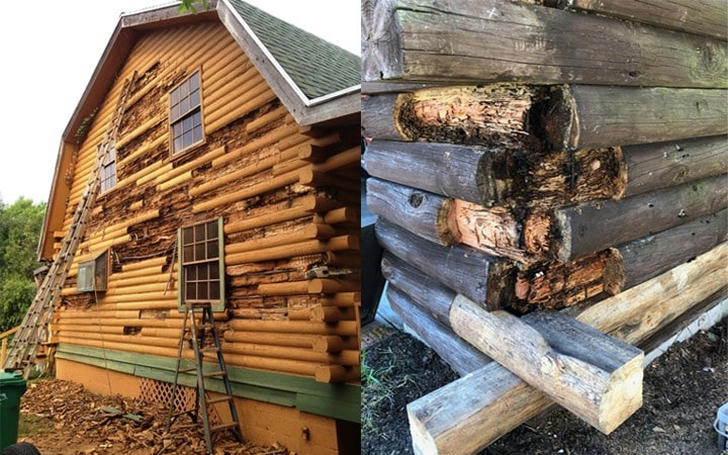
8. AI-Powered Home Maintenance: The Future of Log Cabin Care
The Hidden Issue: Reactive vs. Proactive Maintenance
Most log homeowners only perform maintenance when they notice an issue rather than preventing problems before they occur.
How AI Can Help:
Predictive Maintenance Alerts–AI-powered sensors analyze temperature, humidity, and wood conditions to predict potential log deterioration.
Drone-Assisted Inspections–High-resolution aerial images can detect structural weak points before they become major problems.
Virtual Log Health Reports–Homeowners can receive automated reports detailing maintenance needs based on real-time data.
Real Example:
A log home retreat in Montana installed AI-powered moisture sensors, reducing unexpected repair costs by 60% within two years.
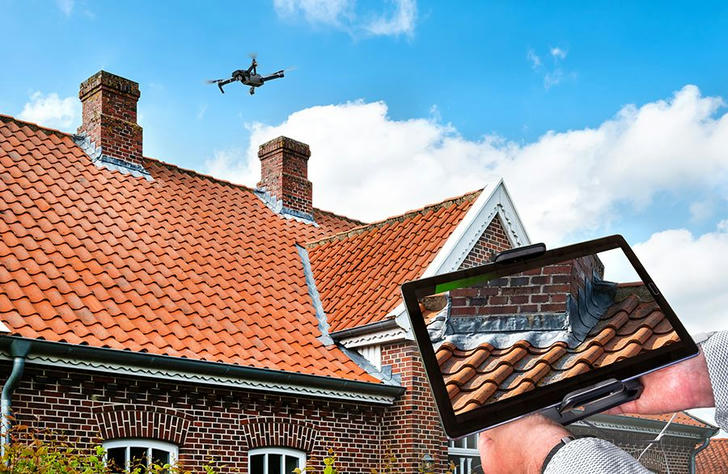
Conclusion: Future-Proofing Your Log Cabin
While traditional log cabin maintenance is still essential, incorporating modern strategies and technology can dramatically improve a home’s longevity.
Key Takeaways:
Use adaptive chinking and anchoring to accommodate log movement.
Optimize drainage with self-cleaning systems and permeable surfaces.
Explore cutting-edge wood preservation techniques to strengthen logs at the cellular level.
Integrate renewable energy for a more sustainable off-grid experience.
Upgrade insulation with advanced materials for superior temperature control.
Adopt AI and drone technology for proactive maintenance.
By embracing these innovative techniques, you can ensure your log cabin remains a secure, efficient, and comfortable retreat for generations to come.
